How to Spot a Pitch From a Pitch-Slap
Have you ever been in a situation where someone you don’t know is messaging you by email or LinkedIn, and it’s just not feeling right? Maybe they’re being too insistent or pushy? Perhaps the message is too generic and does not connect with you.
If so, congratulations, you’ve just identified a pitch-slap.
Pitch-slaps are nothing new, but how they’re delivered has changed. In the days of print ads and cold calls, it was easy to spot a sales pitch a mile away. But now that we’re spending more time online, companies are getting savvier about how they deliver their message.
It can be tricky to spot a pitch-slap, whether a post on social media or an email in your inbox. However, we are here to teach you how to spot a pitch from a pitch-slap and avoid being scammed or pressured into buying something you don’t need.
Let’s take a look at some pitch-slap examples for better reference:
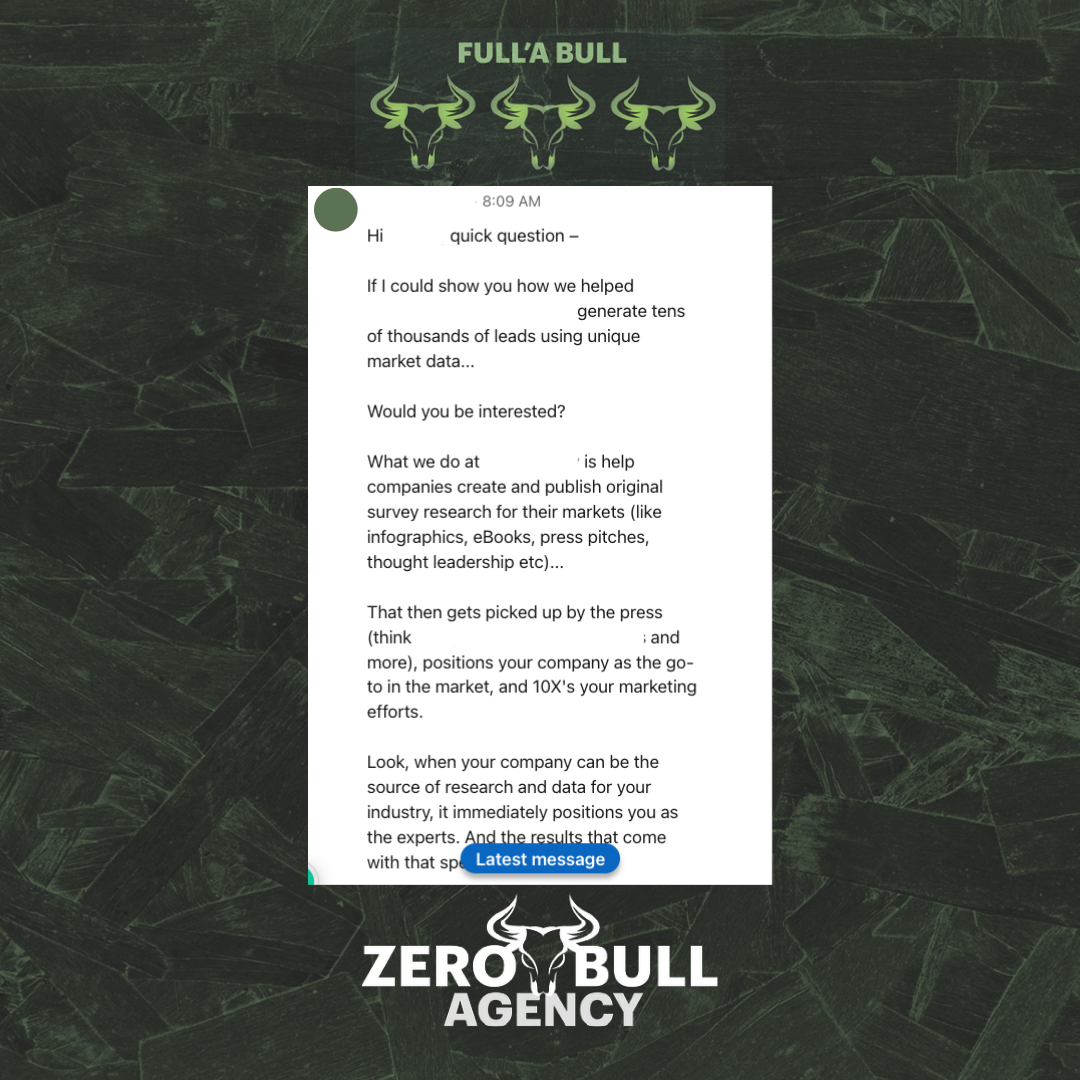
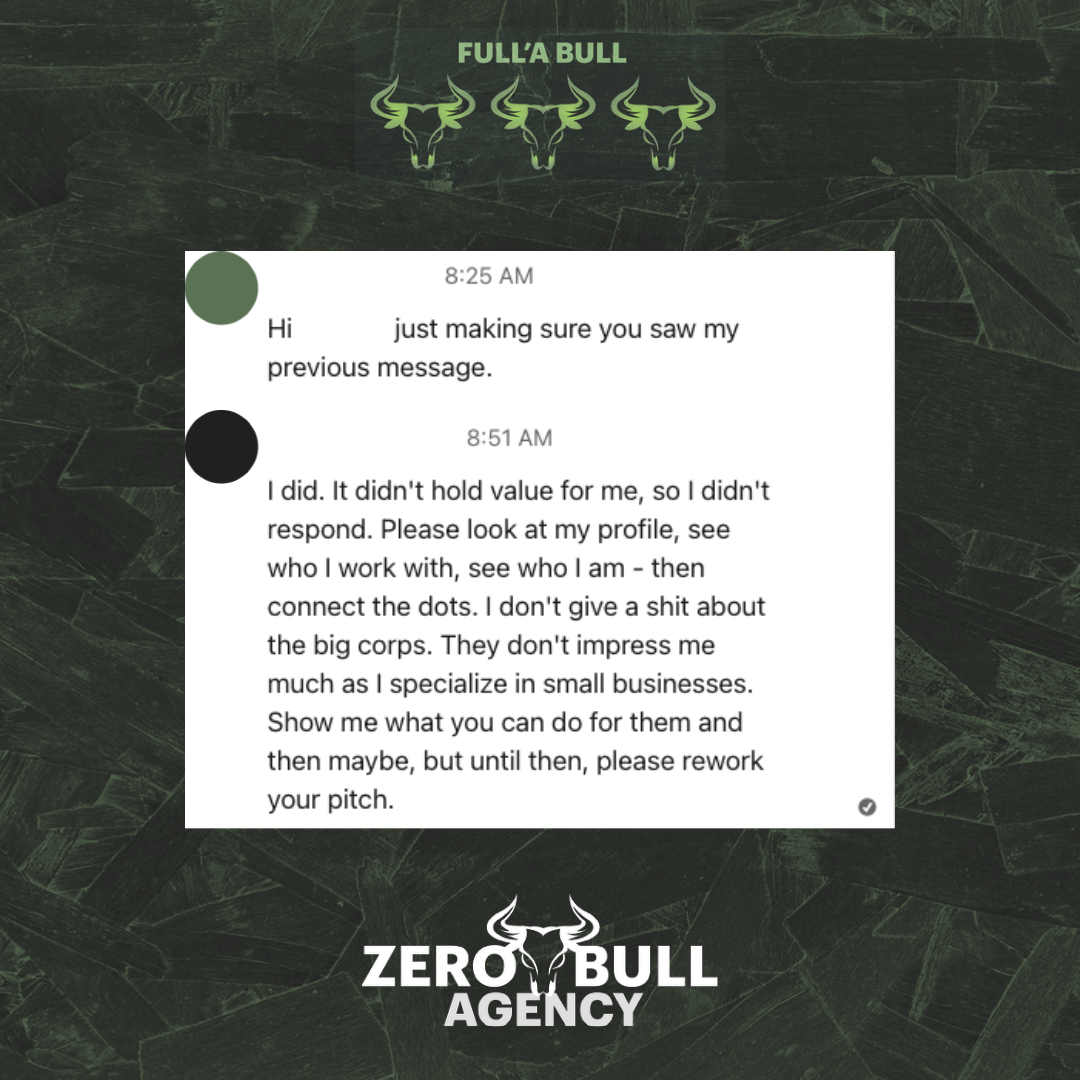
Here are a few things we see in these messages:
- Generic introduction.
- No value-added based on who the prospect is and what they do.
- The message is focused on selling, not on the prospect’s needs.
- The pitch-slapper didn’t take the time to research who they were trying to connect with.
The outcome? Your prospect is annoyed by the lack of knowledge about them and who they help and decides to slap back.
Let’s review a different example:
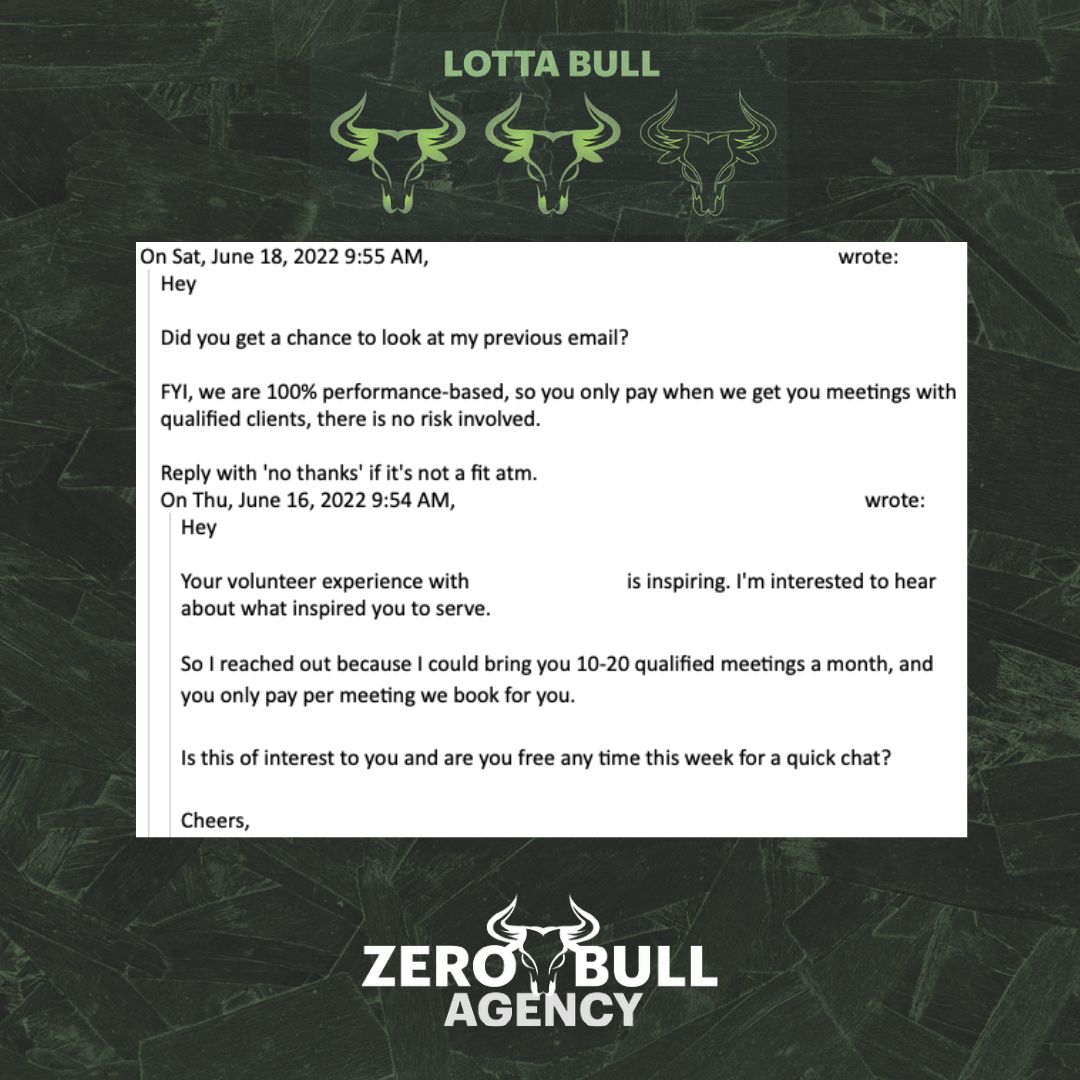

If you ask us, we think it was a bad offer, a lame mail, and the person is too persistent. Sending too many emails in such short days will only overwhelm your prospect.
Don’t do that.
At this point, we know you might be wondering…
What is a good pitch, then?
Well, a good pitch provides valuable information, doesn’t make your prospect feel pressured, and connects with their needs.
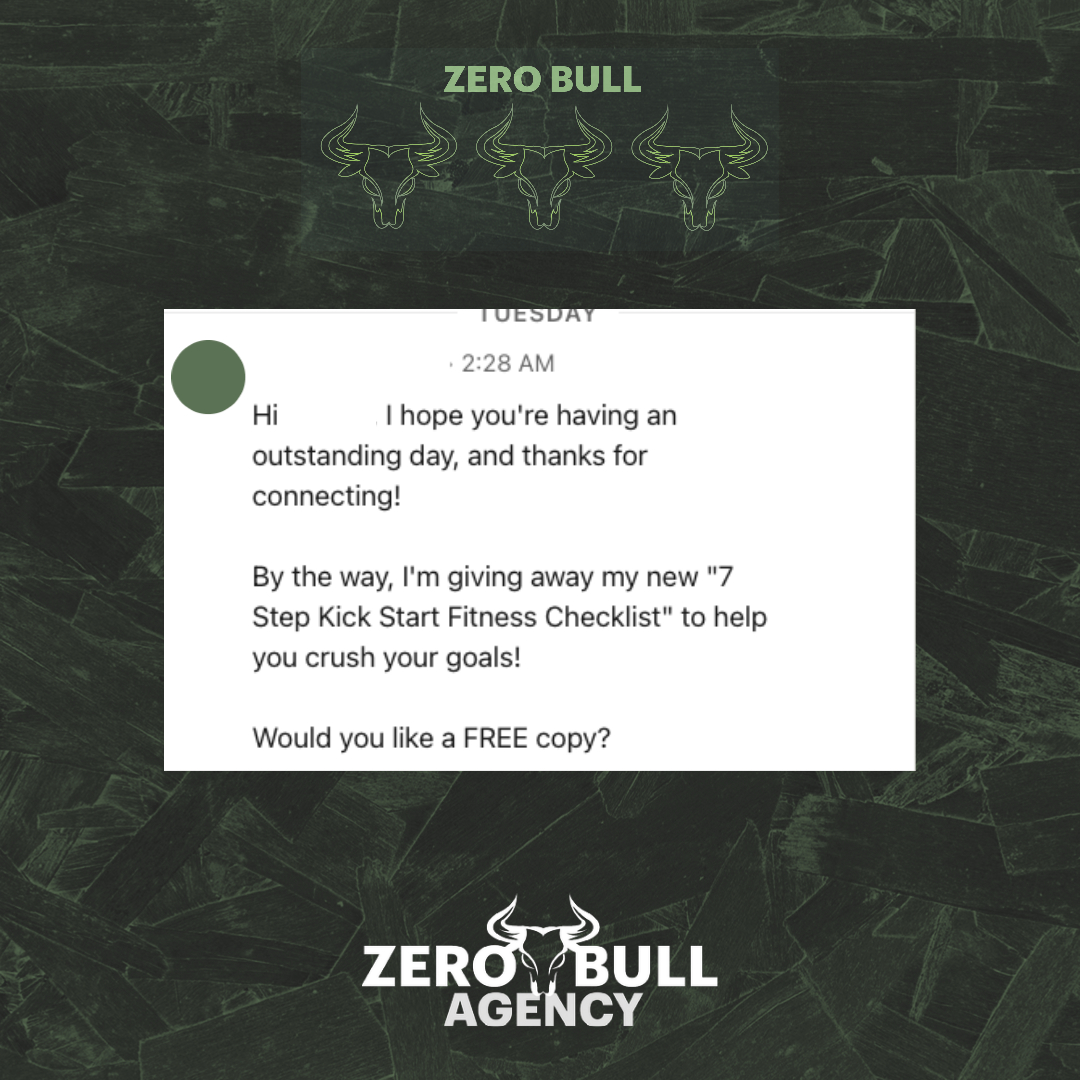
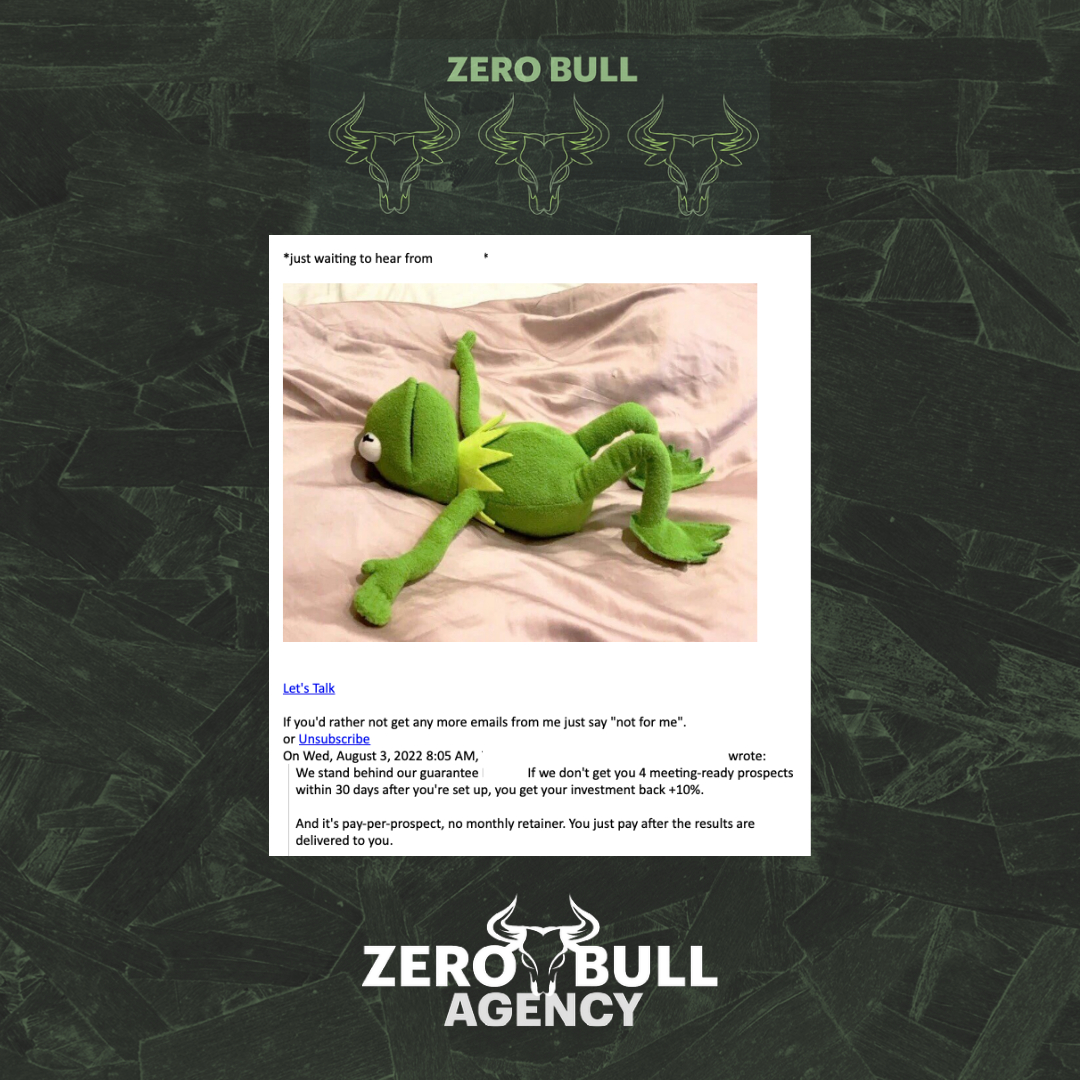
We know this type of marketing can be annoying, and each message is presented differently, but a few telltale signs can help you identify a pitch-slap when you see one:
- Look for generic greetings like “Dear Friend” or “Hello, [Your Name].”
- Take a look at the language used in the message. If it’s full of jargon and buzzwords, it’s likely a sales pitch.
- Pay attention to the tone of the message. If it’s overly friendly or pushy, that’s another red flag.
- Consider the overall purpose of the message. If it’s focused on getting you to buy something, it’s a sales pitch.
- Another warning sign is scarcity tactics, such as “act now before this offer expires!” This is designed to create a sense of urgency and pressure you to purchase before you have time to consider it.
- Beware of offers that seem too good to be true, like a free trial with no commitment. In many cases, these “free” trials are anything but free, and you’ll be stuck with a bill for hundreds of dollars.
- Another red flag is when the pitch-slapper doesn’t research you or your company, and the pitch is very generic, not focused on who you are, your needs, or what you do.
By keeping these things in mind, you can avoid getting taken for a ride by a sales pitch-slap.
If you’re ever unsure if you are getting pitch-slapped, just use your best judgment and err on the side of caution.
But, if you have no clue about what we are talking about, contact us and we will guide you.
How It Works
STEP 1
Tell Us About
Your Ideal Client
STEP 2
Send Us Your
Value Proposition
STEP 3
Receive Your
Profit-A-Bull Pitch
Profit-A-Bull Pitch
Email & LinkedIn Outreach Messages- 90-Day Access to the Rockstarr Ideal Customer Profile Workshop to guide the creation of your ideal customer profile
- 90-Day Access to the Rockstarr Platinum Messaging Workshop to guide the creation of your value proposition
- Get Two Profit-A-Bull Pitch Emails for Outreach
- Get Two Profit-A-Bull Pitch LinkedIn Messages for Outreach
- **You will complete the checkout process through Freshbooks from our parent company, Rockstarr & Moon
Profit-A-Bull Pitch PLUS EXPERT HELP
- Get 1:1 Help From a Zero Bull Expert Crafting Your Ideal Customer Profile & Platinum Messaging
- 90-Day Access to the Rockstarr Ideal Customer Profile Workshop to guide the creation of your ideal customer profile
- 90-Day Access to the Rockstarr Platinum Messaging Workshop to guide the creation of your value proposition
- Get Two Profit-A-Bull Pitch Emails for Outreach
- Get Two Profit-A-Bull Pitch LinkedIn Messages for Outreach
- **You will complete the checkout process through Freshbooks from our parent company, Rockstarr & Moon